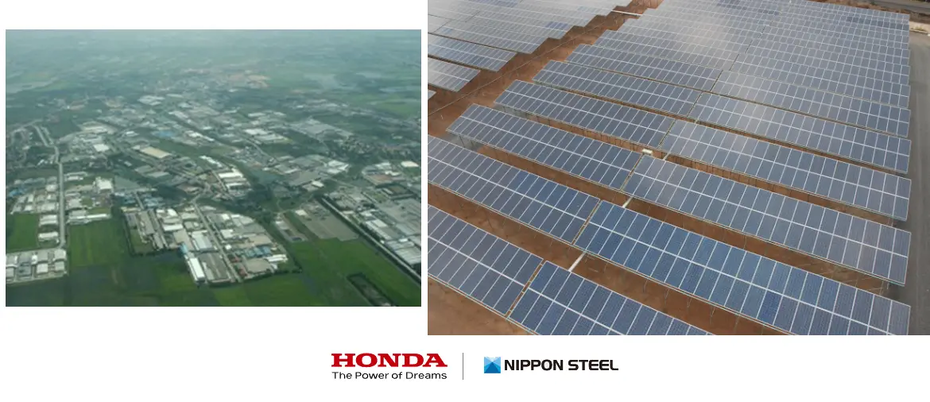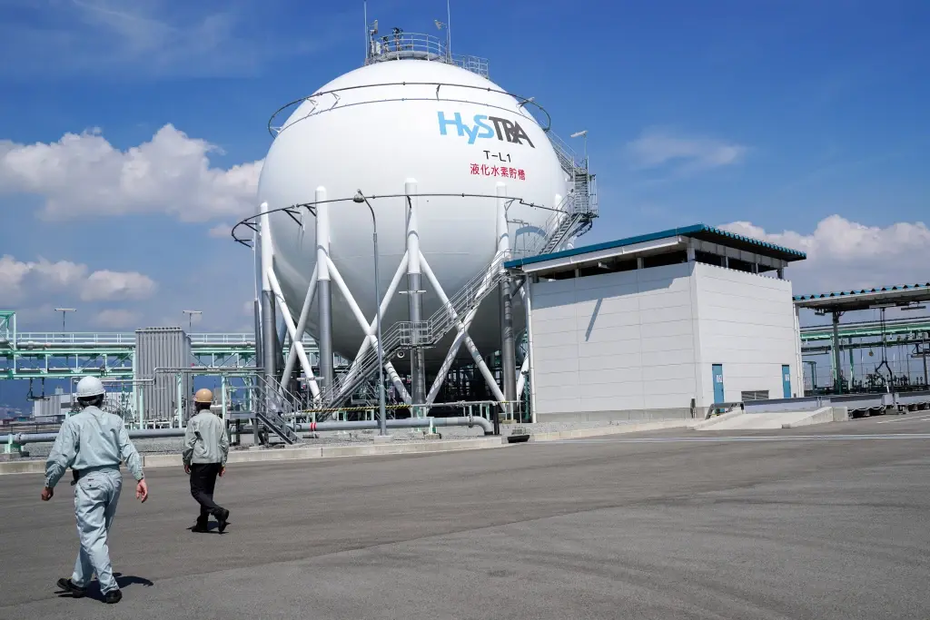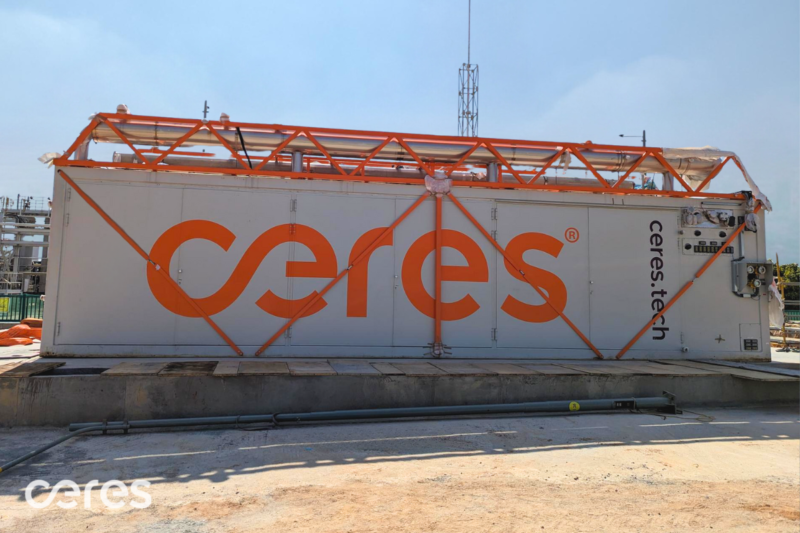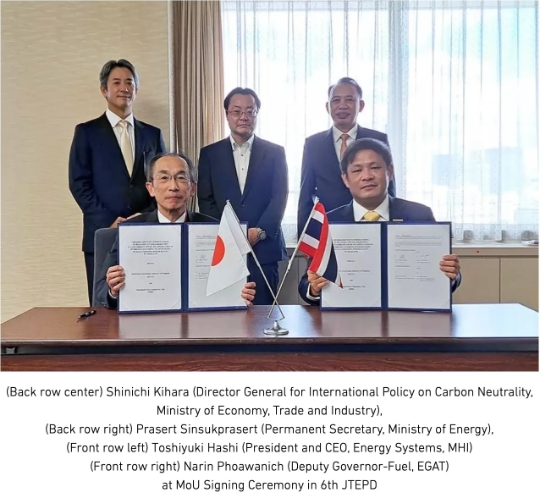After an extensive stakeholder engagement process, Victoria’s Essential Services Commission has released its decision on the minimum feed-in tariff (FiT): from 1 July 2021 excess energy generated by households and businesses and sold back to energy retailers in the state will attract a minimum single FiT of 6.7 cents per kilowatt hour, down from the current minimum of 10.2 cents/kWh.
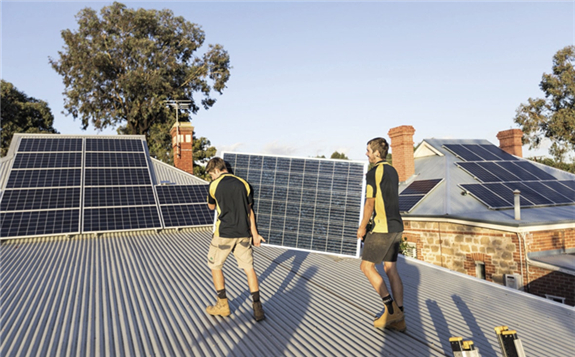
The Commission says the drop reflects a 30% decrease in the wholesale cost of electricity generation, which makes up almost a two-thirds of the FiT; a trend which the Australian Energy Market Commission (AEMC) said would continue at a rate of around 14% per annum to the 2022/2023 financial year, in its Residential Electricity Price Trends Report 2020 (published in December).
“While the days of high feed-in tariffs appear to be over, the benefits [of rooftop solar] remain, especially for those who alter the way they consume power,” said Marcus Crudden, Pricing Director with the Victorian Essential Services Commission, when the Commission’s final decision was announced last week.
He said savings of around $890 per annum are possible if households “make small changes to the way they use their electricity — such as operating power-hungry appliances during the day”.
Lower even than the draft paper suggested
The Commission’s public engagement on reducing FiTs began with publication of its draft decision paper published on 17 November 2020, which proposed a new minimum of 7.1 cents/kWh. It subsequently held two online public forums and invited questions and submissions on the proposed changes, which closed on January 8 of this year.
The process brought 79 submissions and questions from 50 stakeholders, with almost all submissions from solar customers being in disagreement with the proposed minimum FiT rate as being “too low and unfair to people who have invested in solar systems”, while Tango Energy and Energy Australia expressed the view that the minimum FiT was too high and inefficient.
In its Public engagement summary: Minimum feed-in tariffs review for 2021-22, the Commission said: “The final minimum feed-in tariffs are lower than our draft decision,” because, “They reflect the most recent wholesale electricity price forecasts.”
It added that the revised rates mean, “Solar customers receive the true value of their solar exports without non-solar customers subsidising them through higher retail rates.”
Solar and wind rock the wholesale electricity price
The AEMC’s 2020 Residential electricity price trends report attributed the fall in wholesale electricity prices in Victoria to significant increases in renewable generation capacity, “particularly wind farms”, and lower gas prices.
“The results in Victoria demonstrate how new sources of electricity generation like solar and wind are driving down wholesale prices,” said AEMC Chief Executive Benn Barr at the time.
Meanwhile, Victoria’s Solar Homes program is partly responsible for an increase in rooftop solar generation in the state. In January it announced it had driven adoption of rooftop solar in the residential sector, to power more than 510,000 homes.
The program aims to inspire a further 260,000 Victorian households to generate their own solar energy by 2028, as the state strives to achieve 50% renewable generation in its grid by 2030.
The push-me pull-you of solar rollout
In October last year, Tristan Edis, Director of Analysis and Advisory for Green Energy Markets consultancy, foreshadowed in pv magazine Australia that low daytime wholesale power prices driven by ongoing uptake of rooftop PV would “ultimately flow through to feed-in tariffs offered to solar system owners”.
Western Australia had at that stage already announced a reduction in its FiT (between 9am and 3pm) to 3 cents/kWh, from 7.1 cents/kWh, which came into effect 6 November 2020.
Edis said, “A fall in FiTs matters a lot because the typical household system exports roughly 80% of its generation.”
With FiTs in eastern Australian states served by the National Electricity Market at 10 cents or higher going into this new calendar year, FiT revenue has been equal to about half of the financial benefit of rooftop solar to a householder.
In the face of great surges of solar energy hitting the grid in the middle of the day, and driving market prices to their lowest, more expensive generation from coal-fired plants is pushed out of the market challenging the ability of those plants to effectively operate — they struggle to remain online in order to meet evening demand when solar has retreated.
A battery-storage cavalry is still in the wings
Household battery systems will help householders to store peak solar generation for use later in the day, evening out both solar feed-in to the grid, and demand on the grid throughout the day, and perhaps resulting in revised feed-in tariffs that reflect the ability of households to support grid supply as needed.
Victoria’s Solar Homes program also provides a point-of-sale rebate on battery purchase of up to $4,174 (this rebate is locked in until June 30) for eligible households, with the aim of encouraging 10,000 homes to regulate their own solar energy storage and use by 2028.
The state government maintains that the typical Victorian household can save a further $640 a year by self-consuming stored renewable energy. For many, the upfront cost of batteries still doesn’t appeal — but this perception may shift as FiTs are reduced, thereby also reducing income from solar output during peak sunny periods of the day.
As Crudden explained, “Retail tariffs are much higher than feed-in tariffs due to the other costs retailers face when they deliver electricity to their customers, such as business overheads, network charges and customer expenses,” and potentially the cost of keeping currently still needed coal-fired generation assets in the game.
To avoid paying higher retail rates, said Crudden, it’s “in solar customers’ interests to use as much of the electricity they generate from their solar panels as possible”. At the moment, the most cost-efficient way to do that is to shift energy-heavy loads — such dishwashers, clothes dryers, water heating and pool cleaning to do their thing in the middle of the day.
This article is reproduced at www.pv-magazine-australia.com

